- Joined
- Jun 28, 2010
- Messages
- 170,618
- Reaction score
- 34,539
- Points
- 148
- Age
- 37
- Location
- Wrestling Forums
- Website
- wrestlingsmarks.com
- Favorite Wrestler
-

- Favorite Wrestler
-

- Favorite Wrestler
-

- Favorite Wrestler
-

- Favorite Wrestler
-

- Favorite Wrestler
-

- Favorite Sports Team
-

- Favorite Sports Team
-

- Favorite Sports Team
-

- Favorite Sports Team
-

---------✪---------
Golden Era (Hulkamania, Jimmy Crockett Promotions, Rock 'n' Wrestling)
March 31, 1985 - January 18, 1991


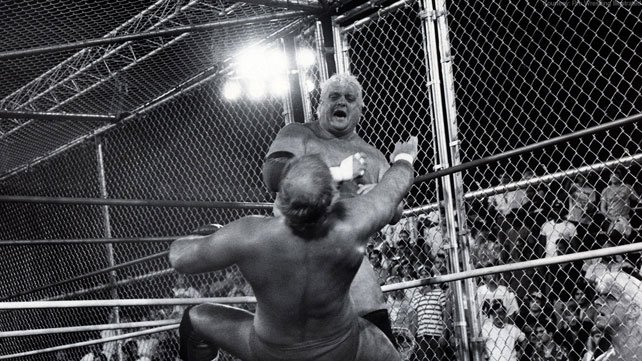





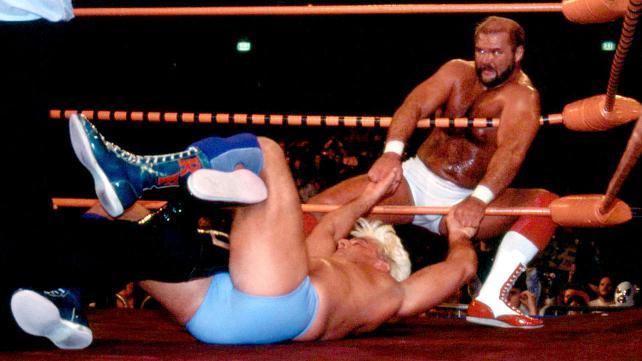
---------✪---------
New Generation Era (Diesel Power, Where the Big Boys Play, Curtain Call)
January 19, 1991 - April 28, 1996

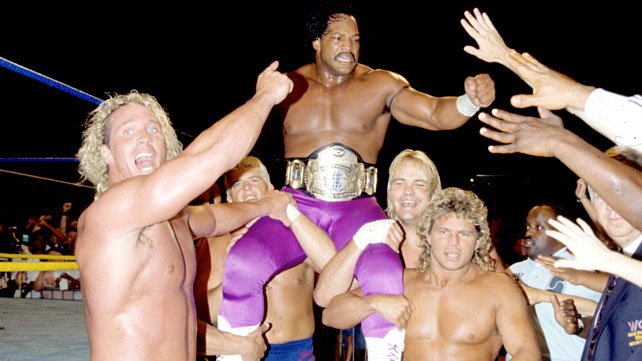





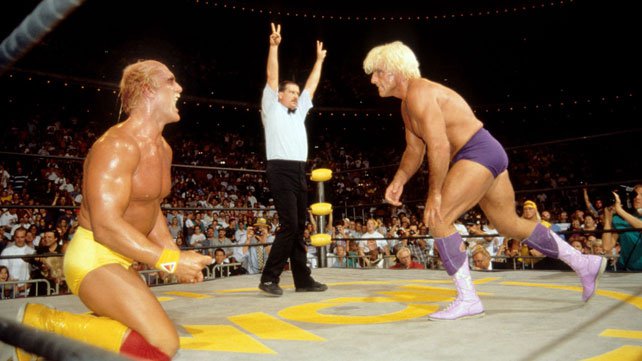

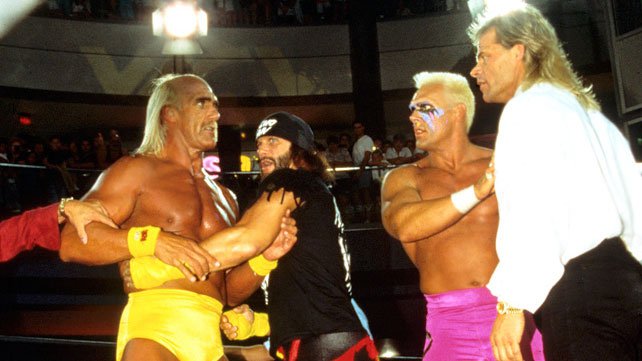
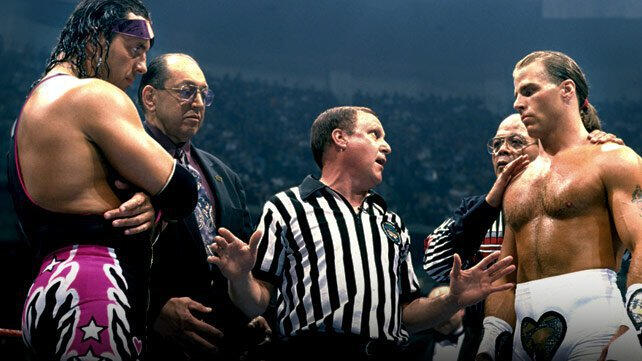
---------✪---------
Attitude Era (Austin 3:16, New World Order, Monday Night War)
April 29, 1996 - March 17, 2002

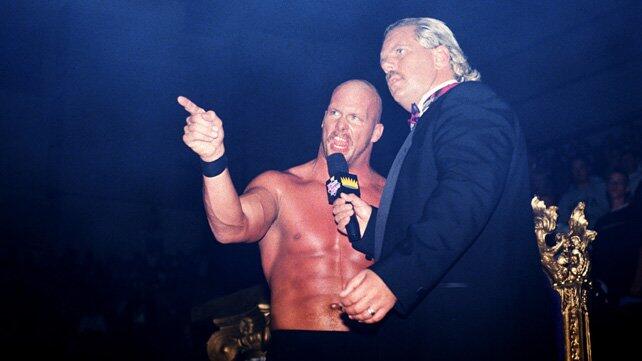

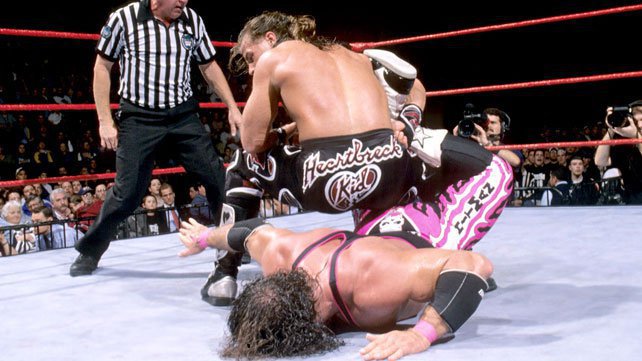

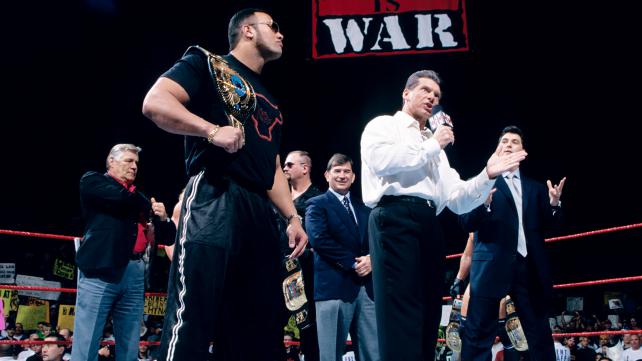

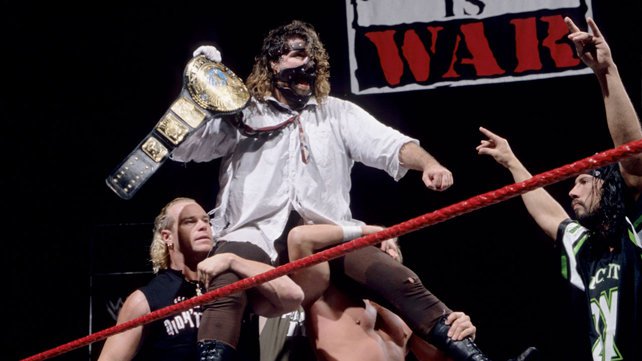
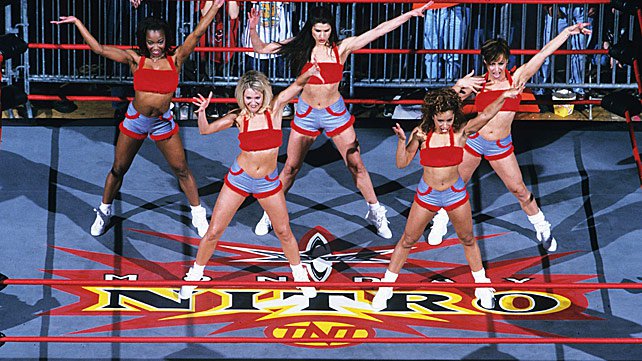
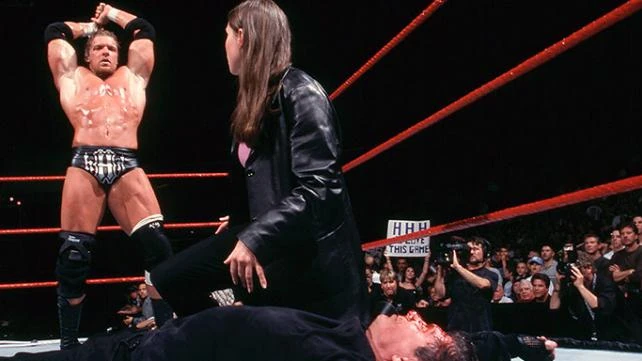
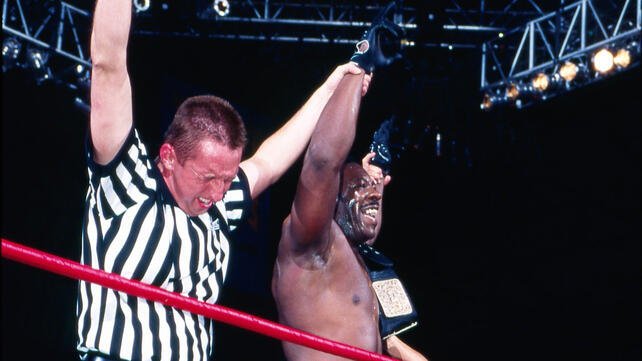

---------✪---------
Ruthless Aggression Era (The Next Big Thing, Total Non-Stop Action, Brand Extension)
March 18, 2002 - January 27, 2008

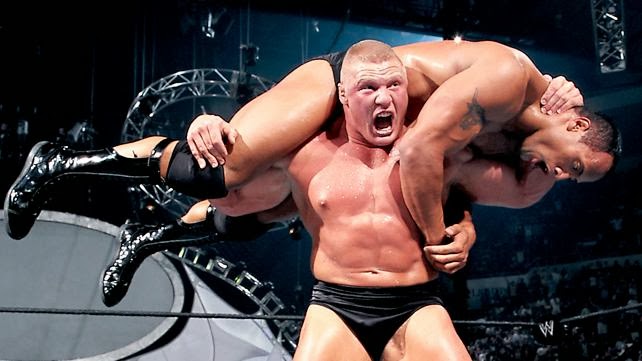
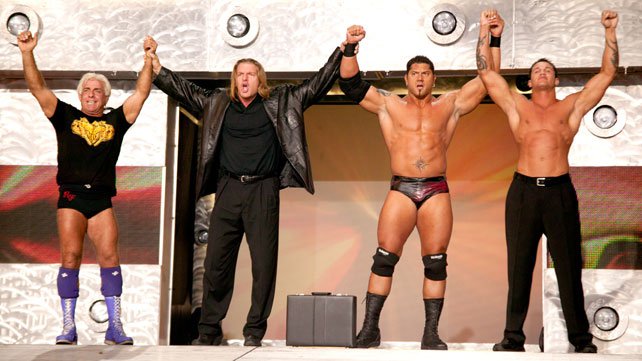


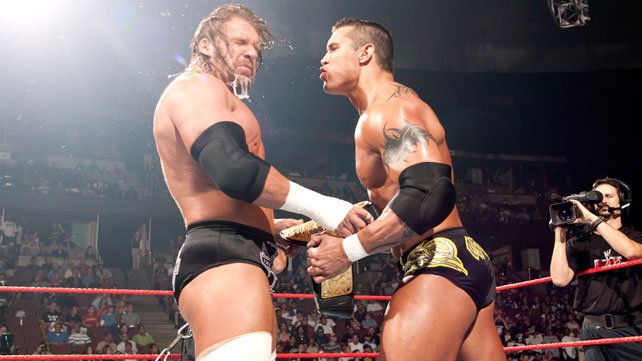
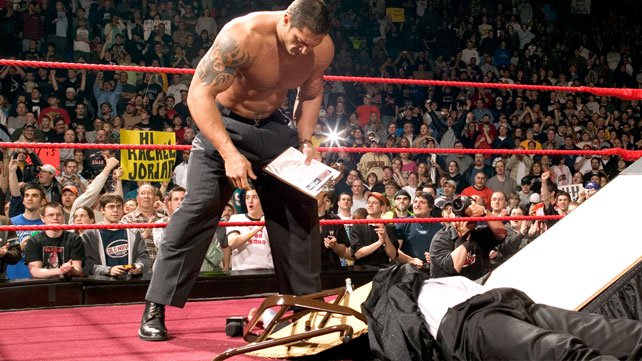

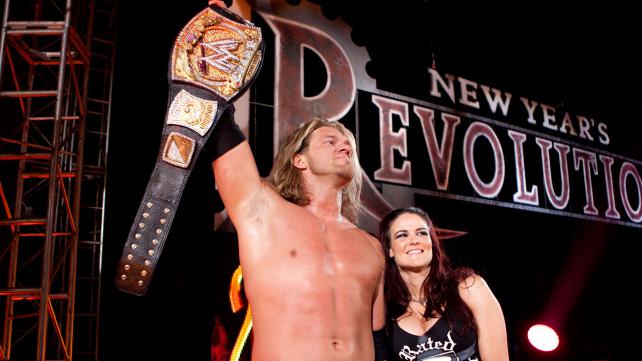
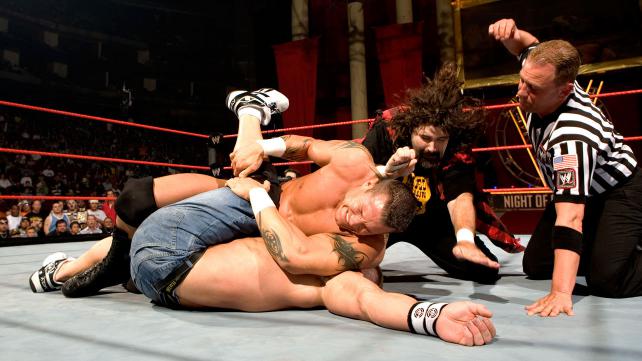

---------✪---------
PG Era (Best in the World, Dixieland, WWE Universe)
January 28, 2008 - December 15, 2013


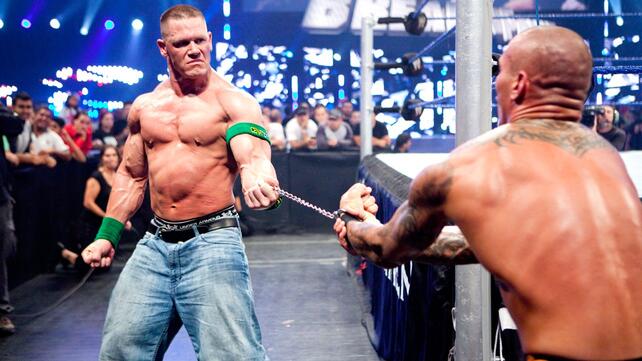

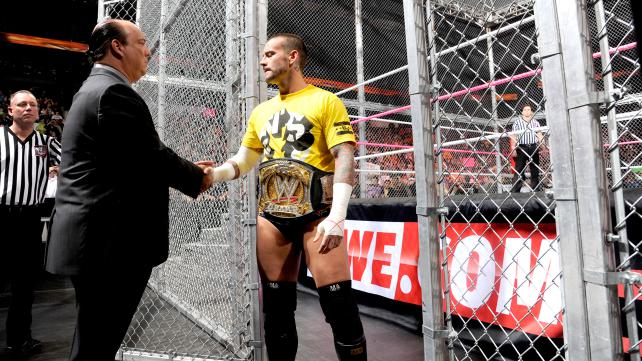


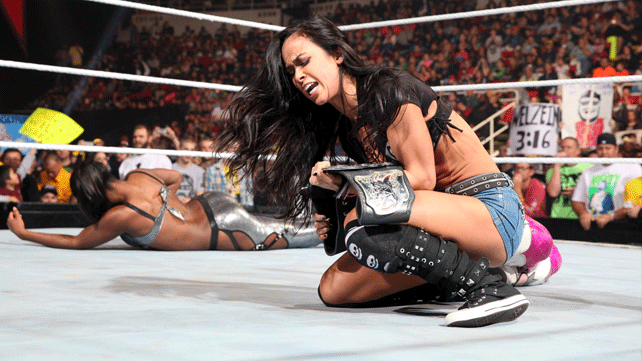
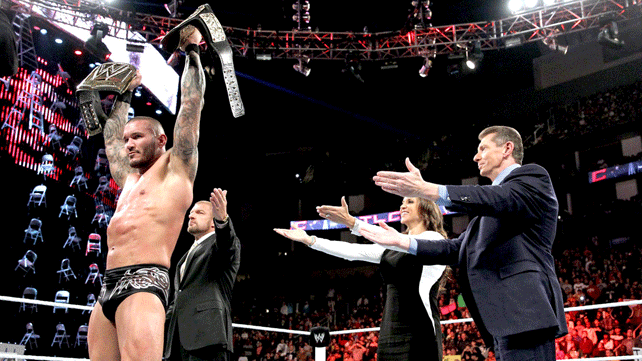
---------✪---------
Network Era (Yes! Movement, Most Valuable Player, Best for Business)
December 16, 2013 - present


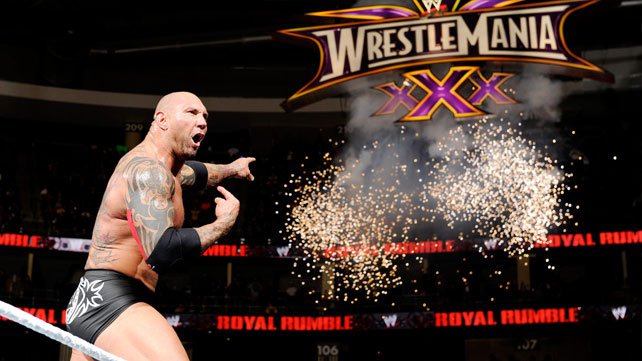

---------✪---------
Golden Era (Hulkamania, Jimmy Crockett Promotions, Rock 'n' Wrestling)
March 31, 1985 - January 18, 1991









In 1980, Vincent K. McMahon, the son of Vincent J. McMahon, founded Titan Sports, Inc. and applied for the initials WWF. In 1982, WWF purchased Capitol Sports from his father and associates Gorilla Monsoon and Arnold Skaaland. Capitol Sports already controlled most of the northeastern territory, but the younger McMahon wanted WWF to be a national wrestling promotion; something the NWA did not approve of. He shortly defected his promotion from the NWA, much like the American Wrestling Association, which controlled the U.S. Northern Midwest. To become a national promotion, WWF would have to become bigger than any promotion under the AWA or the NWA.
McMahon's vision for his promotion was starting to become possible when he hired AWA talent Hulk Hogan, who had achieved popularity outside of wrestling Рnotably for his appearance in Rocky III as Thunderlips, which he did against his father's wishes. McMahon signed Rowdy Roddy Piper as Hogan's rival, and shortly afterward signed Jesse "The Body" Ventura. Other wrestlers took part of the roster, such as Andr̩ the Giant, Jimmy "Superfly" Snuka, The Magnificent Muraco, Junkyard Dog, "Mr. Wonderful" Paul Orndorff, Greg "The Hammer" Valentine, Ricky "The Dragon" Steamboat, Nikolai Volkoff and the Iron Sheik.
In 1984, Hogan was pushed to main-event status when he was announced as the number one contender for the Iron Sheik's WWF Championship. He defeated the Iron Sheik at Madison Square Garden on January 23, 1984 and thus evolved into one of the most recognizable and popular faces in sports-entertainment.
With reasonable revenue being made, McMahon was able to secure television deals, and WWF was being shown across the United States. McMahon also began selling videotapes of WWF events outside the Northeast through his Coliseum Video distribution company. This angered other promoters and disrupted the well-established 'boundaries' of the different wrestling promotions. The syndication of WWF programming forced promotions to come into direct competition with WWF. The increased revenue allowed McMahon to sign more talent, such as Randy "Macho Man" Savage, Brutus Beefcake, Tito Santana, Jake "The Snake" Roberts, The Honky Tonk Man, the British Bulldogs and The Hart Foundation.
For McMahon to truly turn WWF into a national promotion, he would need to have WWF touring the United States. Such a venture was impossible with the revenue WWF currently had, and McMahon envisioned a way to obtain the necessary capital through a risky all-or-nothing gamble on a 'sports entertainment' concept, WrestleMania, in 1985. WrestleMania would be a pay-per-view extravaganza, viewable on closed-circuit television and marketed as the Super Bowl of professional wrestling. WrestleMania was not the first 'supercard' seen in professional wrestling, as the NWA had previously run Starrcade. However, McMahon's vision was to make WWF and the industry itself mainstream, targeting more of the general television audience by exploiting the entertainment side of the industry. With the inaugural WrestleMania, WWF initiated a joint-promotional campaign with MTV, which featured a great deal of WWF coverage and programming, in what was termed the Rock 'n' Wrestling Connection. The mainstream media attention brought on by celebrities including Muhammad Ali, Mr. T, and Cyndi Lauper at the event helped propel WrestleMania to become a staple in popular culture, and the use of celebrities has been a staple of the company to the present day.
With the success of WrestleMania, other promotions which tried hard to keep the regional territory system alive started to merge under Jim Crockett Promotions (JCP). Starrcade and The Great American Bash were the JCP versions of WrestleMania, but even when operating outside of its territory, JCP had trouble matching the success of WWF. After Ted Turner purchased majority of JCP's assets, the promotion would eventually become World Championship Wrestling (WCW), providing WWF with a competitor until 2001, when WCW and its trademarks were legitimately purchased by WWF. WrestleMania would become an annual pay-per-view phenomenon, being broadcast in nearly 150 countries and in almost 20 different languages.
McMahon's focus on entertainment rather than sports, a policy that became the concept of sports entertainment, led to great financial success for WWF. During the 1980s, Hogan would cross into mainstream as an all-American hero. Hogan and McMahon carried professional wrestling into success that was truly considered a sport. Hogan's time as face of WWF would last until he left in 1993. Hogan was not the sole reason for success of WWF, but rather the company's biggest draw. Other stars such as Piper, Savage, the Ultimate Warrior, Steamboat, Roberts, Orndorff, Volkoff and the Iron Sheik all helped make WWF a financial success. While these talents where recognisable as individuals, some talent became known for their teamwork as tag teams. Stables or groups such as Demolition, Strike Force, The Hart Foundation, the British Bulldogs, The Rockers and The Fabulous Rougeaus helped create a strong tag-team division for WWF over its competitors; which by now were few.
The 1980s 'Wrestling Boom' peaked with WrestleMania III at the Pontiac Silverdome, which set an attendance record of 93,173. McMahon used the success of WrestleMania to create more pay-per-views, and traditions such as SummerSlam, Survivor Series and Royal Rumble were created, each with its unique stipulation match.
---------✪---------
New Generation Era (Diesel Power, Where the Big Boys Play, Curtain Call)
January 19, 1991 - April 28, 1996











WWF was suspected of steroid abuse and distribution in 1991 and there were also allegations of sexual harassment made by WWF employees in 1992. The company reported financial losses and McMahon decided to cut the pay of his wrestlers and his managers. This was added with the loss of Hulk Hogan and other big stars from the past to rival WCW. Therefore, WWF decided to push younger stars into the spotlight. Stars like Bret "Hitman" Hart, Shawn Michaels, Razor Ramon, Diesel, Lex Luger, Yokozuna and The Undertaker all became the stars of what WWF branded the "New Generation."
New WWF Champion Bret Hart became one of the popular stars of this period until early 1996 when he lost a 60-minute Iron Man match to Shawn Michaels at WrestleMania XII for the WWF Championship. Hart would take some time off and return to action later that year. Meanwhile, WWF saw an unlikely draw in the form of Stone Cold Steve Austin, who previously wrestled in WCW and Extreme Championship Wrestling (ECW).
Another event that occurred during this era was the famous Monday Night Wars. In 1993, WWF created their prime time cable TV program WWF Monday Night Raw on USA Network. Two years later, WCW countered with WCW Monday Nitro on TNT. In mid-1996, WCW began its two years of ratings domination, principally caused by the introduction of the New World Order (nWo), a stable led by former WWF performers Hulk Hogan, Scott Hall (a.k.a. Razor Ramon), and Kevin Nash (a.k.a. Diesel).
Despite having high quality talent and in-ring performances not seen since 1980, WWF continued to lose profits as a result of the WCW's aggressive marketing tactics. This period of financial difficulties was made worse when the infamous "Montreal Screwjob" resulted in Bret Hart leaving WWF for the WCW in 1997.
---------✪---------
Attitude Era (Austin 3:16, New World Order, Monday Night War)
April 29, 1996 - March 17, 2002












In the mid-1990s, WWF continued to lose much of its leading talent to WCW, including Ted DiBiase, Curt Hennig, Rick Rude and reigning WWF Women's Champion Alundra Blayza. Bret Hart, having just signed a long-term contract with WWF, began to doubt his future with the promotion when WCW offered him a more lucrative deal. At the 1997 Survivor Series, a real-life controversy occurred when McMahon forced referee Earl Hebner to call for the bell to ring and end the match as Shawn Michaels held Hart in the Sharpshooter submission hold (which was Hart's signature finishing move), even though Hart was close to reversing the hold. Michaels was declared the winner of the match and the new WWF Champion. Hart left WWF and joined rivals WCW. This incident was later known as the Montreal Screwjob. After that incident, McMahon created the "Mr. McMahon" character; a villainous dictatorial persona used to improvise on the heat McMahon received from costing Hart the match.
WWF continued to lose other talent and experience financial burdens. On December 15, 1997, Vince Mcmahon aired a promo on RAW addressing the audience on a new direction the company was taking. He stated the WWF had embarked on a 'far more innovative and contemporary campaign', which would advise parent discretion for a younger audience. A month before, WWF debuted the 'scratch' logo which would be the company's signature all throughout the Attitude Era. Soon after, to regain popularity, they replaced former WWF talent with former WCW talent such as Stone Cold Steve Austin who's rise in popularity hadn't been seen since that of Hogan in the 80's, Vader, Mankind and Triple H. In January 1998, WWF had invited boxer Mike Tyson to their shows and even placed him in a storyline feud involving him and D-Generation X (at that time consisting of Shawn Michaels, Triple H, and Chyna) against Austin, though Tyson would eventually turn on DX at WrestleMania XIV and help begin Austin's very first reign as WWF Champion. Later in the year, new talent began to emerge for WWF: The Rock, Triple H, and Kane strengthened WWF's singles division while stables such as D-Generation X and Nation of Domination helped fortify its tag team division. WWF was able to target a more adult-aged audience and featured heavy violence, sexual themes, strong language, blood, and adult-oriented entertainment that helped it compete with WCW's reality-based storylines. During this time, Austin became the face of WWF and one of the most popular stars the company had ever seen and his character began to represent the Attitude Era, most principally from his infamous rivalry with Mr. McMahon. This feud helped WWF rebound in its ratings and popularity, with Raw finally beating Nitro for the first time in 84 weeks. The creation of several types of matches, such as the Hell in a Cell, also helped WWF draw more fans. On September 27, 1999, Raw achieved its highest viewership rating of 8.4 with a "This Is Your Life" segment featuring The Rock and Mankind.
The Attitude Era saw WWF expand its television coverage and its business structure. During this period, WWF's parent company Titan Sports was renamed World Wrestling Federation Entertainment, Inc. (WWFE Inc. or WWFE) and on October 19, 1999 became a publicly traded company, offering 10 million shares priced at US$17 each. On April 29, 1999, WWF launched a secondary program known as WWF SmackDown! on the UPN network to compete with WCW Thunder. In 2000, WWF, in collaboration with television network NBC, created XFL, a new professional football league. XFL, however, was a failure, having only lasted a single year before closing its doors.
Head writer Chris Kreski replaced Vince Russo, who defected to WCW in 1999. Kreski's work was admired for well planned and detailed storylines, and the transitional period saw feuds and storylines such as the Triple H/Cactus Jack feud, the Triple H/Angle/Stephanie McMahon love triangle, and a TLC feud between the Hardy Boyz, Edge & Christian, and the Dudley Boyz. The remainder of the year saw matches and angles such as The Hardy Boyz defeating Edge & Christian in a ladder match at No Mercy 1999 to earn $15,000 and Terri Runnels' managing services and Stone Cold Steve Austin being run over by Rikishi with a limousine at Survivor Series 1999.
Prior to WrestleMania 2000, the McMahon family had gone into an on-screen rivalry with each other, setting up the "McMahon in Every Corner" Fatal 4 Way elimination main event between The Big Show (managed by McMahon's son Shane McMahon), The Rock (managed by Mr. McMahon), Triple H (managed by his wife and McMahon's daughter Stephanie McMahon-Helmsley), and future WWF Commissioner Mick Foley (managed by McMahon's wife Linda McMahon). Triple H won after Mr. McMahon turned on The Rock and thus retained his WWF Championship. In the weeks leading up to No Mercy 2000, Stone Cold Steve Austin made his return to WWF to gain revenge on Rikishi. Austin would go on to win the next year's Royal Rumble match and come out victorious against The Rock for the WWF Championship at WrestleMania X-Seven with help from his former rival, Mr. McMahon.
---------✪---------
Ruthless Aggression Era (The Next Big Thing, Total Non-Stop Action, Brand Extension)
March 18, 2002 - January 27, 2008











In 2002, with an excess of talent employed as a result of having purchased WCW and ECW, WWE needed a way to provide exposure for all of its talent. This problem was solved by introducing a 'Brand Extension', with the roster split in half and the talent assigned to either Raw or SmackDown in a mock draft lottery. Wrestlers, commentators and referees became show-exclusive, the shows were given separate on-screen General Managers and eventually, following the creation of the World Heavyweight Championship, the titles became show-exclusive too. Additionally, both Raw and SmackDown began to stage individual pay-per-view events featuring only performers from that brand – only the major four pay-per-views Royal Rumble, (WrestleMania, SummerSlam and Survivor Series) remained dual-branded. The practice of single-brand pay-per-view events was abandoned following WrestleMania 23. In effect, Raw and SmackDown were operated as two distinct promotions, with a 'draft lottery' taking place each year to determine which talent was assigned to each brand. This lasted until 2011, when the rosters were merged and the Brand Extension was quietly phased out.
Two of the top stars of the Attitude Era, Steve Austin and The Rock, left the company and were eventually replaced by newcomers such as Brock Lesnar and Randy Orton, who became the youngest WWE Champion and the youngest World Heavyweight Champion respectively, John Cena, Rey Mysterio, and Batista, while the likes of Kurt Angle, Edge, Eddie Guerrero, Chris Benoit, JBL were also given main event opportunities.
In 2002 and 2003, WWE attempted to bring to prominence several WCW stars, such as the nWo, Eric Bischoff, Booker T, Scott Steiner, Goldberg and Ric Flair. The Great American Bash, originally a WCW pay-per-view event, made a return in WWE.
In 2003, the WWE re-branded its image with "Ruthless Aggression." This became the major theme for many years that included an action figure line. The biggest breakout star of the late half of the Ruthless Aggression Era was John Cena. Using a gimmick of a wigger, Cena quickly proved popular, receiving a WWE Championship match against Brock Lesnar at Backlash in 2003, having a major feud with The Undertaker during the summer, and featuring on the poster of the 2004 Royal Rumble. At WrestleMania 21, Cena won the first of his 14 world championships when he defeated JBL for the WWE Championship.
---------✪---------
PG Era (Best in the World, Dixieland, WWE Universe)
January 28, 2008 - December 15, 2013









In 2008, WWE acknowledged that 60% of its audience was now made up of women and children. This was made possible due to WWE's gradual shift in programming content during the later part of 2006 and 2007 towards family-friendly programming. This shift in programming content included doing away with most of the "vulgar" language, heavy violence and adult themes that gave it a TV-14 rating. During this period, WWE attempted to gain popularity with a mainstream audience by inviting celebrities to be the guest host of Raw. In 2009 WWE began referring to its live audience and viewers at home as the WWE Universe.
In 2010, Bret Hart returned to WWE after a 13 year absence, where he reconciled with Shawn Michaels on screen. At WrestleMania XXVI, Michaels retired following a loss to The Undertaker. Fellow top performer, Edge retired a year later. In early 2011, The Rock returned to WWE when he was announced as the host for WrestleMania XXVII. He started a cross-generational feud with John Cena, defeating him in a match one year later at WrestleMania XXVIII. Many fans reference that event as the beginning of the "Universe Era". In 2011, CM Punk, who had become a top star during the summer, defeated Alberto Del Rio at Survivor Series, and would hold the title for 434 days before losing to The Rock at Royal Rumble (2013), a reign recognized by WWE as the sixth-longest reigning champion of all-time. The Rock carried the title until he was defeated by John Cena at WrestleMania 29 in a rematch from their bout the previous year.
On February 23, 2010, WWE launched a new program on SyFy, called NXT. The premise of the show was a reality-like show which saw 8 new stars (Rookies) being mentored by Superstars from the main roster (Pros), and ran for just over three months, with the last episode of the first season being on June 1, 2010. The winner of the season was Wade Barrett, mentored by Chris Jericho. Six days after the end of the first season, the Rookies interfered in the Raw main event match between John Cena and CM Punk, attacking both competitors as well as the announcing team, before dismantling the ring area and surrounding equipment. During the segment, Daniel Bryan strangled ring announcer Justin Roberts with the announcer's own tie, which WWE reportedly felt was too violent for their family-friendly TV-PG programming. As a consequence, WWE announced via their official website four days later that Bryan had been (legitimately) released from his contract. NXT lasted for a further 3 complete seasons, which were won resepectively by Kaval, Kaitlyn, and Johnny Curtis. A fifth season, dubbed NXT Redemption and featuring former NXT participants, never announced a winner and quietly ended with Derrick Bateman being the sole remaining participant. Eventually, the show morphed into both a television show and WWE's new official development territory, replacing Florida Championship Wrestling, and is permanently located at Full Sail University.
In August 2011, WWE effectively ended the Brand Extension when they gave Raw the tagline "SuperShow", meaning wrestlers could appear on both Raw and SmackDown. WWE held 9 draft lotteries. As of Raw's 1,000th episode, airing on July 23, 2012, WWE Raw removed the "SuperShow" tagline as well as becoming a three-hour broadcast, extended from two-hours, a format that had previously been reserved for special episodes. Around this time new superstars were pushed to the spotlight such as Alberto Del Rio, Daniel Bryan, and Sheamus with CM Punk becoming a top superstar and holding the WWE Championship for well over a year. Older superstars such as Mark Henry and Christian were given runs in the main event scene.
In September 2011, WWE officially announced plans to launch the WWE Network. WWE conducted a survey asking if people would pay for the WWE Network if it were a premium channel. In an email sent to WWE fans who might be interested in the WWE Network, WWE surveyed fans for their thoughts about the WWE Network airing WWE's pay-per-views to subscribers for no additional charge. The survey also noted that feature repeats of Raw and SmackDown, as well as footage from WCW, ECW, NWA and AWA would also make the lineup. Original programming was also noted in the survey. As the result of an online poll, WrestleMania Rewind was chosen as a name for a new WWE Network show on October 17, 2011. The original launch date had been April 1, 2012, which would have coincided with WrestleMania XXVIII. WWE.com featured a countdown clock that would have expired on April 1, however the clock was quietly removed, and the network did not launch as advertised. Two years later, on Old School Raw in January 2014, WWE ran teasers featuring the WWE Network logo promoting an announcement on January 8 at the Wynn Hotel in Las Vegas. It was later confirmed that the announcement would concern the WWE Network. At the Consumer Electronics Show on January 8, WWE revealed a comprehensive plan which will see a launch date of February 24, 2014 in the United States.
WWE Network is available on desktops and laptops via WWE.com. WWE Network is also available through the WWE App on: Amazon’s Kindle Fire devices; Android, iOS, Apple TV, Roku streaming devices, PlayStation 3 & 4 and Xbox 360. Availability on additional devices, including Xbox One and select Smart TVs, will follow in the summer of 2014. Vince McMahon has stated that all 12 WWE pay-per-views will be featured on the network for no additional charge, starting with WrestleMania XXX.
On December 15, 2013, the World Heavyweight Championship and WWE Championship were unified in a Tables, Ladders and Chairs match between Randy Orton and John Cena, the match was won by Orton and the unified championship was given the name WWE World Heavyweight Championship.
---------✪---------
Network Era (Yes! Movement, Most Valuable Player, Best for Business)
December 16, 2013 - present



At TLC: Tables, Ladders and Chairs on December 15, 2013, the landscape of the WWE changed once again when Randy Orton unified the WWE and World Heavyweight Championships for the first time in 12 years. This one event closed the brand extension for good and reigned in an old era while ushering in a new one. WWE didn't stop there and soon announced the introduction of the groundbreaking WWE Network. Who knows what the future holds for WWE in 2014 and beyond.
---------✪---------
It's come to my attention that Wrestling Punks is home to wrestling fans who grew up with wrestling at so many different peaks and eras of sports-entertainment, so I thought it would be a fun conversation to see when everyone fell in love with the sport of pro-wrestling, what their favorite time period was if it's not the same one you grew up with and perhaps what you were least interested in when watching wrestling for all these years.
Which are the punks favorite periods of the game? Share, love and discuss.












